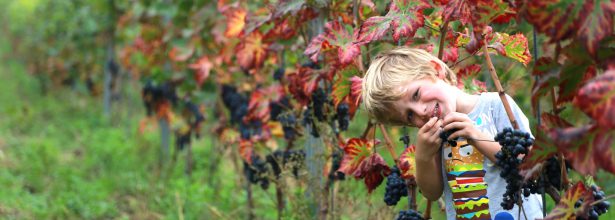
Specific characteristics
Since 2012, with the assistance of international experts and universities, the Vin de Liège team has constantly sought out the best wine-making techniques in order to develop quality wines and promote its terroir. Work on the vines is based on knowledge and constant observation of the world that surrounds them, without forgetting control and thought put into each action conducted in the vineyards.
Organic vine-growing is our quality guarantee
Vin de Liège has opted in favour of vine-growing that respects the environment, meaning less toxic residues in the grapes and soil, as well as a lower risk for the person applying the treatment products authorised in organic farming.
Vin de Liège holds certification assigned by the Quality Partner organisation.

High-performance wine-making techniques
Vin de Liège has equipped itself with high-performance technical wine-making tools to adapt its wine-making process to each plot and grape variety. The wine-making process used (gravity method) and cellar equipment employed (temperature controlled vats) have been carefully chosen to produce quality wines that give the best possible expression to the terroir.
A vineyard organised for optimised yields
Constantly striving to optimise the wines’ quality, the vine plantation density at Vin de Liège is 5000 vine stocks per hectare. Complete grass cover, cordon pruning as well as the espalier growing method encourage a large leafy surface, making it possible to “stress” the vines like on the finest of terroirs.
Reduced amounts of sulphites
In order to make authentic, subtle and complex wines, Vin de Liège has chosen to reduce the amount of sulphite in the wine, which sometimes requires the use of other alternative products (exogenous yeast, ascorbic acid), whilst avoiding the pitfalls of formatted wines.

Respect for biodiversity
Planted on land used previously for intensive farming, Vin de Liège has chosen to restore the local plant-life and wild-life by putting in place birdhouses, preserving peace and tranquillity in the area and planting fruit trees, hedges, roses and many other plants and trees. Consequently, animals and insects find a source of food and refuge.
